Nationality Australian Role Photographer Name Frank Hurley | Occupation Photographer Other names James Francis Hurley | |
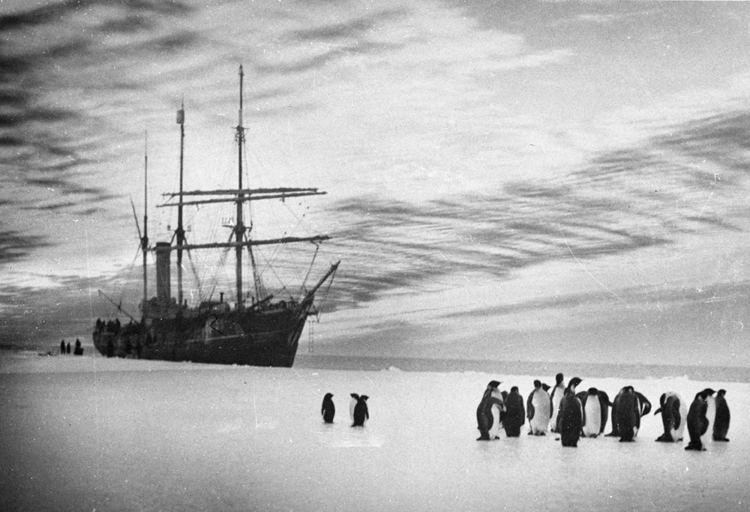 | ||
Born 15 October 1885 ( 1885-10-15 ) Glebe, Sydney, Australia Parents Edward Hurley, Margaret Hurley Books Antarctic Eyewitness, Hurley's Australia, Antarctic Eyewitness: South wit, Shackleton's Argonauts, Hurley at war Similar People Sir Ernest Shackleton, Caroline Alexander, James Wordie, Ken G Hall, Jameson Thomas | ||
Masters of photography frank hurley
James Francis "Frank" Hurley, OBE (15 October 1885 – 16 January 1962) was an Australian photographer and adventurer. He participated in a number of expeditions to Antarctica and served as an official photographer with Australian forces during both world wars.
Contents
- Masters of photography frank hurley
- Frank hurley
- Biography
- Antarctic expeditions
- Wartime photography
- Movie photography
- Film career
- In Collections
- Selected filmography
- Photographic Books by Hurley
- Prose works
- Films about Hurley
- Writings about Hurley
- References
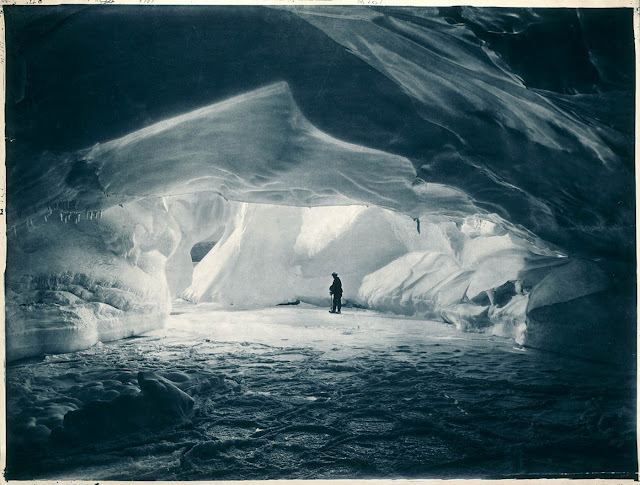
His artistic style produced many memorable images. He also used staged scenes, composites and photographic manipulation.
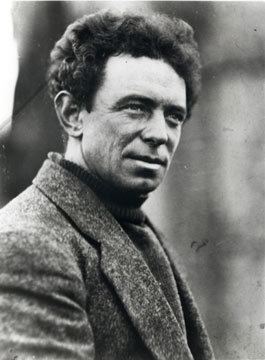
Frank hurley
Biography
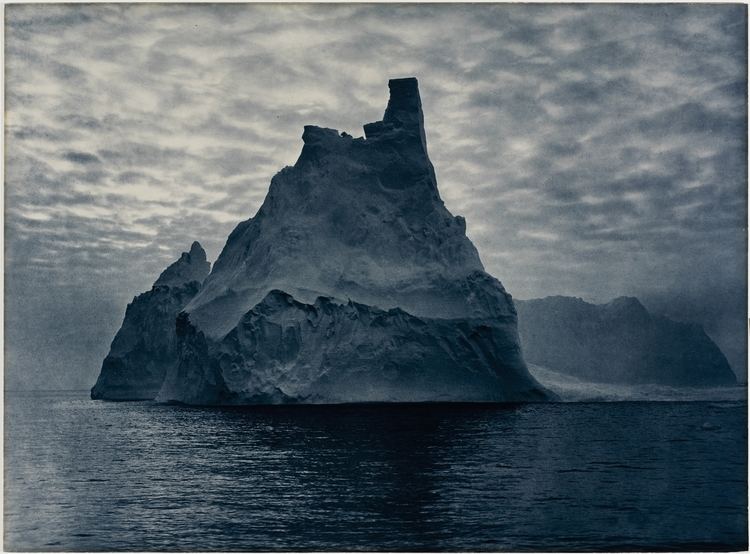
Hurley was the third of five children to parents Edward and Margaret Hurley and was raised in Glebe, a suburb of Sydney, Australia. He ran away from home at the age of 13 to work on the Lithgow steel mill, returning home two years later to study at the local technical school and attend science lectures at the University of Sydney. When he was 17 he bought his first camera, a 15 shilling Kodak Box Brownie which he paid for at the rate of a shilling per week. He taught himself photography and set himself up in the postcard business, where he gained a reputation for putting himself in danger in order to produce stunning images, including placing himself in front of an oncoming train to capture it on film.
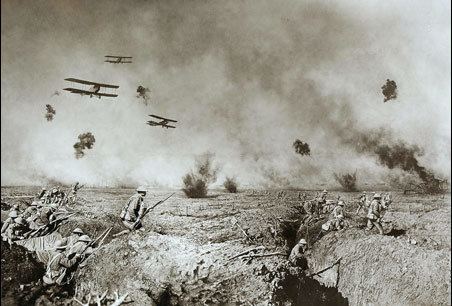
Hurley married Antoinette Rosalind Leighton on 11 April 1918. The couple had four children: three daughters and one son.
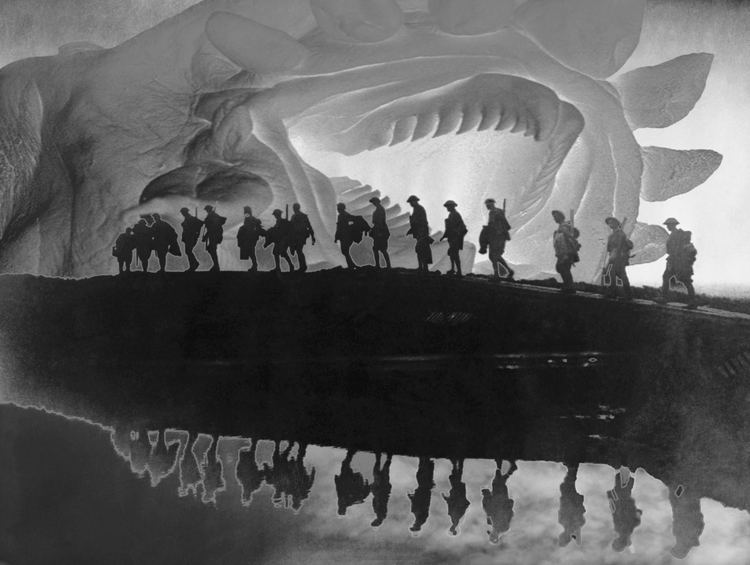
While living on Collaroy Plateau, (Warringah LGA), Frank became involved with ABC radio. He was a frequent storyteller on the perennial children's program The Argonauts. He enjoyed even more a degree of commercial success by publishing his photos on advertising calendars, postcards and tourist booklets.
His most successful book was Australia: A Camera Study published in 1955 and reprinted three times.
He engaged in aerial photography with Brud Rees on his Piper Cub float plane. He travelled extensively throughout Australia commissioned on various photographic assignments.
Antarctic expeditions
Of his lifetime, Frank Hurley spent more than four years in Antarctica. At the age of 25, in 1908, Hurley learned that Australian explorer Douglas Mawson was planning an expedition to Antarctica; fellow Sydney-sider Henri Mallard in 1911, recommended Hurley for the position of official photographer to Mawson's Australasian Antarctic Expedition, ahead of himself. Hurley asserts in his biography that he then cornered Mawson as he was making his way to their interview on a train, using the advantage to talk his way into the job. Mawson was persuaded, while Mallard, who was the manager of Harringtons (a local Kodak franchise) to which Hurley was in debt, provided photographic equipment. The Expedition departed in 1911, returning in 1914. On his return, he edited and released a documentary, Home of the Blizzard, using his footage from the expedition.
Hurley was also the official photographer on Ernest Shackleton's Imperial Trans-Antarctic Expedition which set out in 1914 and was marooned until August 1916; Hurley produced many pioneering colour images of the Expedition using the then-popular Paget process of colour photography. He photographed in South Georgia in 1917. He later compiled his records into the documentary film South in 1919. His footage was also used in the 2001 IMAX film Shackleton's Antarctic Adventure. He returned to the Antarctic in 1929 and 1931 on Mawson's British Australian (and) New Zealand Antarctic Research Expeditions (BANZARE).
Wartime photography
In 1917, Hurley joined the Australian Imperial Force (AIF) as an honorary captain and captured many stunning battlefield scenes during the Third Battle of Ypres. In keeping with his adventurous spirit, he took considerable risks to photograph his subjects, also producing many rare panoramic and colour photographs of the conflict. Hurley kept a diary in 1917-1918 chronicling his time as a war photographer. In it he describes his commitment "to illustrate to the public the things our fellows do and how war is conducted", as well as his short-lived resignation in October 1917 when he was ordered not to produce composite images. His period with the AIF ended in March 1918.
For the 1918 London exhibition Australian War Pictures and Photographs he employed composites for photomurals to convey drama of the war on a scale otherwise not possible using the technology available. This brought Hurley into conflict with the AIF on the grounds that montage diminished documentary value. Charles Bean, official war historian, labelled Hurley's composite images "fake".
Hurley also served as a war photographer during World War II.
Movie photography
Hurley also used a movie camera to record a range of experiences including the Antarctic expeditions, the building of the Sydney Harbour Bridge, and war in the Middle East during World War II. The camera was a Debrie Parvo L 35mm hand-crank camera made in France. This camera is now in the collection of the National Museum of Australia.
Film career
Hurley made several documentaries throughout his career, most notably Pearls and Savages (1921). He wrote and directed several dramatic feature films, including Jungle Woman (1926) and The Hound of the Deep (1926). He also worked as cinematographer for Cinesound Productions where his best known film credits include The Squatter's Daughter (1933), The Silence of Dean Maitland (1934) and Grandad Rudd (1935). His 1941 documentary short Sagebrush and Silver was nominated for an Academy Award at the 14th Academy Awards for Best Short Subject (One-Reel).
In Collections
Photographs by Hurley of the Antarctic are held by a number of institutions. Notable collections include the Australian War Memorial, Canberra, National Library of Australia, Canberra, Scott Polar Research Institute, Cambridge, Royal Geographical Society, London, State Records of South Australia, and the South Australian Museum, Adelaide.
National Library of Australia
The collection contains 10,999 glass negatives, gelatin negatives, colour transparencies, lantern slides, and stereographs that have been fully catalogued and digitised.
The collection covers photographs of Hurley's trips to Antarctica; as official photographer during World War I 1914–1918; later travels in the Middle East and Egypt; as official photographer during World War II 1939–1945; Papua and New Guinea; Australian scenery, industries and social life and customs.
Related photographic prints can be found in the Hurley Collection of Photographic Prints.
The collection contains 1000 photographic prints. 44 prints have been catalogued and digitised.
This album contains 60 gelatin silver photographs by Hurley, all of which have been catalogued and digitised.
The collection contains 259 photographic prints, all of which have been catalogued and digitised.
State Records of South Australia
As part of South Australia's Centenary celebration in 1936, Frank Hurley was commissioned to produce images of South Australia for inclusion in an illustrated souvenir booklet. The resulting glass plate negatives are held as part of a series of glass plate negatives produced by or for the South Australian Government for publicity or other purposes.
At this time, Hurley was also commissioned to produce a couple of promotional films for the South Australian Government, Oasis and Here is Paradise.
